
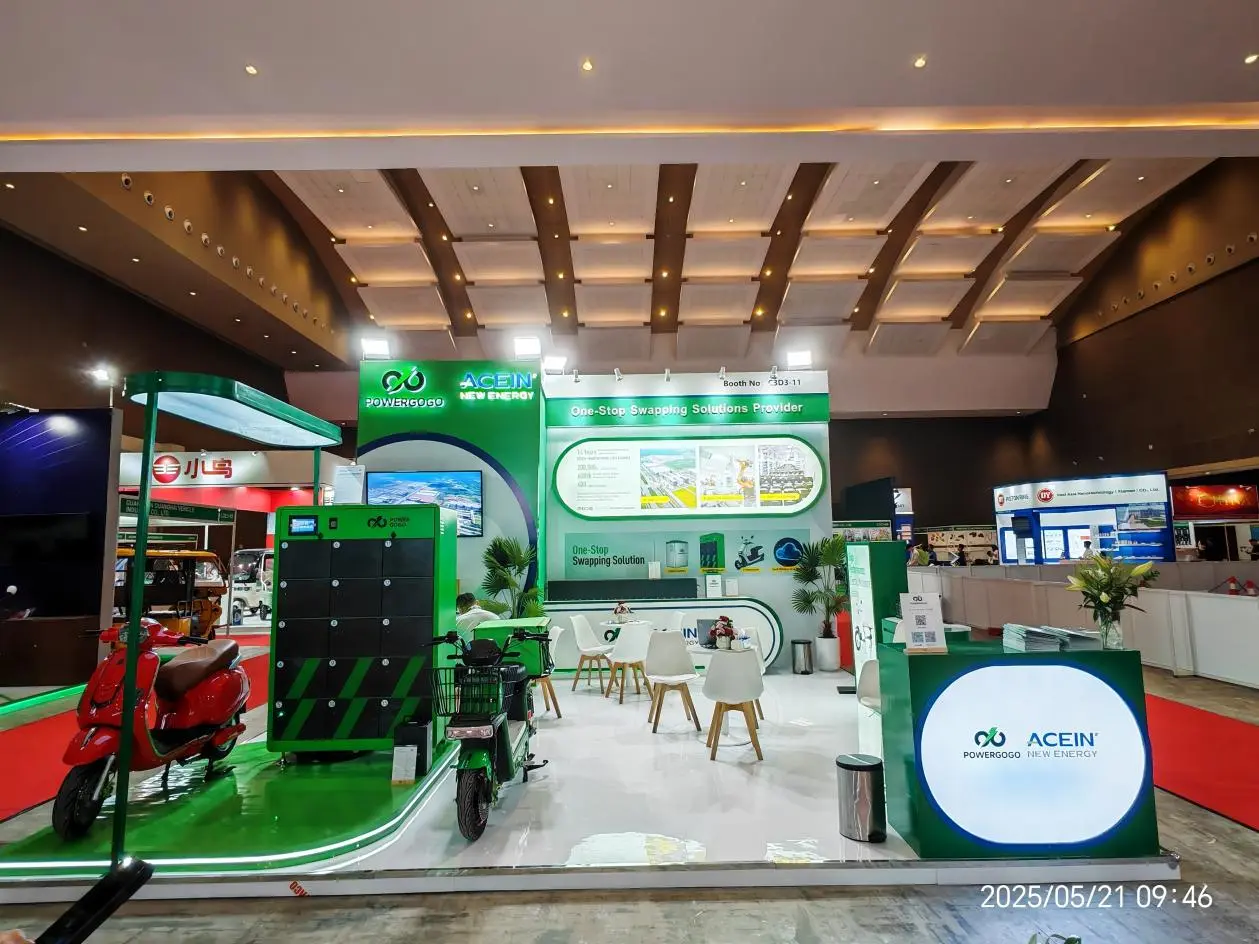
We've witnessed the evolution of electric power firsthand. Today, we're on the cusp of a revolution, not just in electric vehicles, but in how we power them. The global electric vehicle battery swapping market is no longer a futuristic concept; it's a rapidly expanding reality. This article will delve into the core of the battery swapping market, exploring its mechanics, growth drivers, and the immense opportunities it presents for businesses worldwide. If you are a business owner like Mark Davis in the USA, looking to diversify or find the next big thing, understanding this market is crucial. We'll break down why this innovative approach to electric mobility is solving major pain points like charging time and vehicle cost, and why now is the perfect time to get involved.
So, what exactly is this battery swapping market we keep hearing about? At its heart, it’s a system designed to make owning an electric vehicle as convenient as a gasoline-powered one, if not more so. Instead of plugging your vehicle into a charging station and waiting, you drive into a swap station. There, an automated system or an attendant removes your depleted battery and replaces it with a fully charged one. The entire swapping process takes just a few minutes. Think of it like refilling a gas tank. This simple, elegant solution directly addresses one of the biggest hurdles to EV adoption: range anxiety and long charging time. The battery swapping market is built around this core convenience.
The growth is explosive for a few key reasons. Firstly, the increasing adoption of electric vehicles globally creates a massive need for efficient power solutions. As more commercial fleets and individual drivers switch to electric, the limitations of traditional ev charging become more apparent. A delivery driver can't afford to wait 45 minutes for a battery to charge. The battery swapping market provides an answer. Secondly, government support is a huge factor. Many countries, especially in the Asia-Pacific region, are offering incentives to promote battery swapping. They see it as a fast track to electrifying their transportation sectors. The rising demand for electric vehicles, coupled with the sheer practicality of the battery swap model, is fueling this incredible market growth. The demand for battery swapping is a direct reflection of the demand for smarter, faster electric vehicle solutions.
From my perspective as a supplier, I've seen a dramatic shift in inquiries. Five years ago, the focus was purely on the battery itself. Now, clients want the entire ecosystem: the smart battery, the swap cabinet, and the software to manage it all. This holistic demand signals a maturing battery swapping industry. The popularity of electric vehicles depends on a user-friendly infrastructure, and the battery swap model is proving to be a cornerstone of that infrastructure. The battery swapping market is expected to continue this trajectory, fundamentally changing how we interact with our vehicles.
Imagine you’re a delivery driver on a tight schedule. Your scooter’s battery is low. You pull up to a compact, vending-machine-like structure: the battery swap station. You scan a QR code on your app, a small door opens revealing a fully charged battery, you place your depleted battery into an empty slot, and take the new one. You swap it into your vehicle and are back on the road. The whole process is complete in under two minutes. This is the reality of the battery swapping market in action. The swapping process is designed for maximum efficiency, a stark contrast to the lengthy wait at a conventional charging station.
Behind this simple user experience is a sophisticated system. Each battery swap station is a hub of advanced technology. The cabinets are connected to a cloud-based network that monitors the health of every single battery. It tracks charge levels, temperature, and overall battery usage patterns. This "battery smart" system ensures safety and optimizes the lifecycle of each battery pack. When a user puts a depleted battery into the station, it begins charging safely and efficiently, ready for the next user. The entire network of battery swapping stations works in concert to ensure a charged battery is always available where and when it's needed.
For larger vehicles, like those in the commercial vehicle sector, the process is more robust but follows the same principle. An automated platform might lift the vehicle slightly, and robotic arms will perform the swap of a much larger battery. The key is that the driver never has to handle the heavy battery or wait for it to charge. This efficiency is why the battery swapping market is gaining such traction. It's not just about swapping a battery; it's about selling time and convenience, which are invaluable commodities in the commercial world. The battery swapping technology makes the transition to electric fleets seamless and profitable.
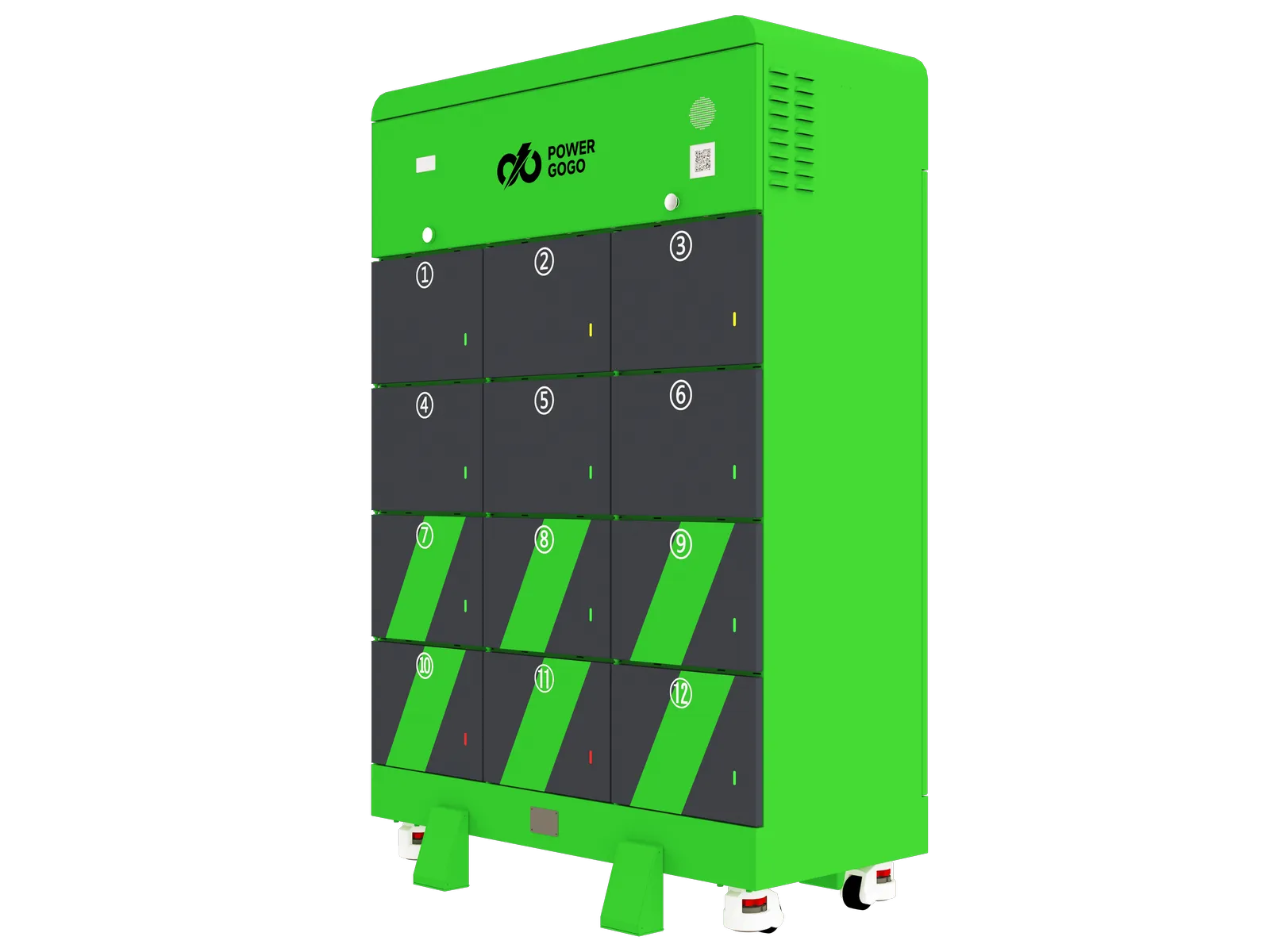
One of the most significant market trends is the rise of the "Battery as a Service" (BaaS) model. This innovative business approach is a game-changer for the battery swapping market. Under BaaS, the consumer buys the electric vehicle without the battery, which drastically lowers the upfront purchase price. They then pay a monthly subscription fee for access to a network of battery swap stations. This model of separating battery ownership from the vehicle makes EVs more affordable and removes the owner's anxiety about battery degradation and replacement costs. It transforms the battery from a product into a service, and it’s a powerful driver for the entire battery swapping industry.
Another key trend is the push for standardization. As you can imagine, for a swapping network to be truly effective, batteries need to be interchangeable between different vehicle makes and models. Right now, the battery swapping market is somewhat fragmented, with different companies using proprietary battery design and connectors. However, there's a strong push from both governments and industry players to create universal standards. Government policies promoting battery standardization are emerging, which will accelerate the adoption of battery swapping solutions. A standardized battery would create an open, competitive marketplace, much like we have with gasoline. A driver could pull into any swap station and get a compatible battery. This standardization of battery packs is the holy grail for the battery swapping market.
Finally, we're seeing a focus on data and connectivity. Modern swappable batteries are not just dumb power sources; they are smart devices. The battery smart systems I mentioned earlier are becoming incredibly sophisticated. They use AI to predict demand, manage grid load, and perform remote diagnostics on every battery in the network. This provides immense value for fleet operators, who can monitor their assets in real-time and optimize routes based on battery availability. These market insights, derived from real-world data, are helping companies refine their operations and improve profitability within the battery swapping market. The future of the battery swap is intelligent and interconnected.
While a battery swap can benefit any electric vehicle, the technology has found its most compelling use case in the commercial vehicle sector. Think about electric two- and three-wheelers used for food delivery and logistics. For these businesses, vehicle downtime is lost revenue. A driver can't afford to be tethered to a charging station for hours each day. The ability to swap a battery in minutes is not just a convenience; it's a core business advantage. This is why companies in the USA, Indonesia, Spain, and Vietnam are increasingly looking to us for solutions. They operate large fleets, and the efficiency gains from a battery swap system multiply across hundreds or thousands of vehicles.
The electric two- and three-wheelers segment, including products like our own EV-MY Scooter, represents the low-hanging fruit for the battery swapping market. The batteries are smaller, lighter, and easier to handle, making the design of a swap station simpler and more cost-effective. The business case is incredibly clear. A logistics company can operate its fleet around the clock, with drivers performing a quick battery swap between shifts or during a delivery run. This maximizes asset utilization and driver productivity, directly boosting the bottom line. The demand for electric scooters and rickshaws is a primary driver for the growth of the battery swapping ecosystem.
Beyond scooters, the battery swapping market is also making significant inroads with heavier vehicles. We are developing powerful E-truck batteries designed for this very purpose. For e-trucks and electric buses, which require enormous battery packs, manual charging can take a very long time, even with fast chargers. Battery swapping technology for heavy commercial vehicles, often involving automated, robotic platforms, ensures these vital vehicles stay on the road. For a logistics hub or a municipal bus depot, setting up a battery swapping infrastructure can be far more efficient than building dozens of high-power charging stalls. The specific vehicle type dictates the complexity of the swap system, but the core benefit of near-zero downtime remains the same, which is a powerful incentive across the commercial vehicle spectrum.
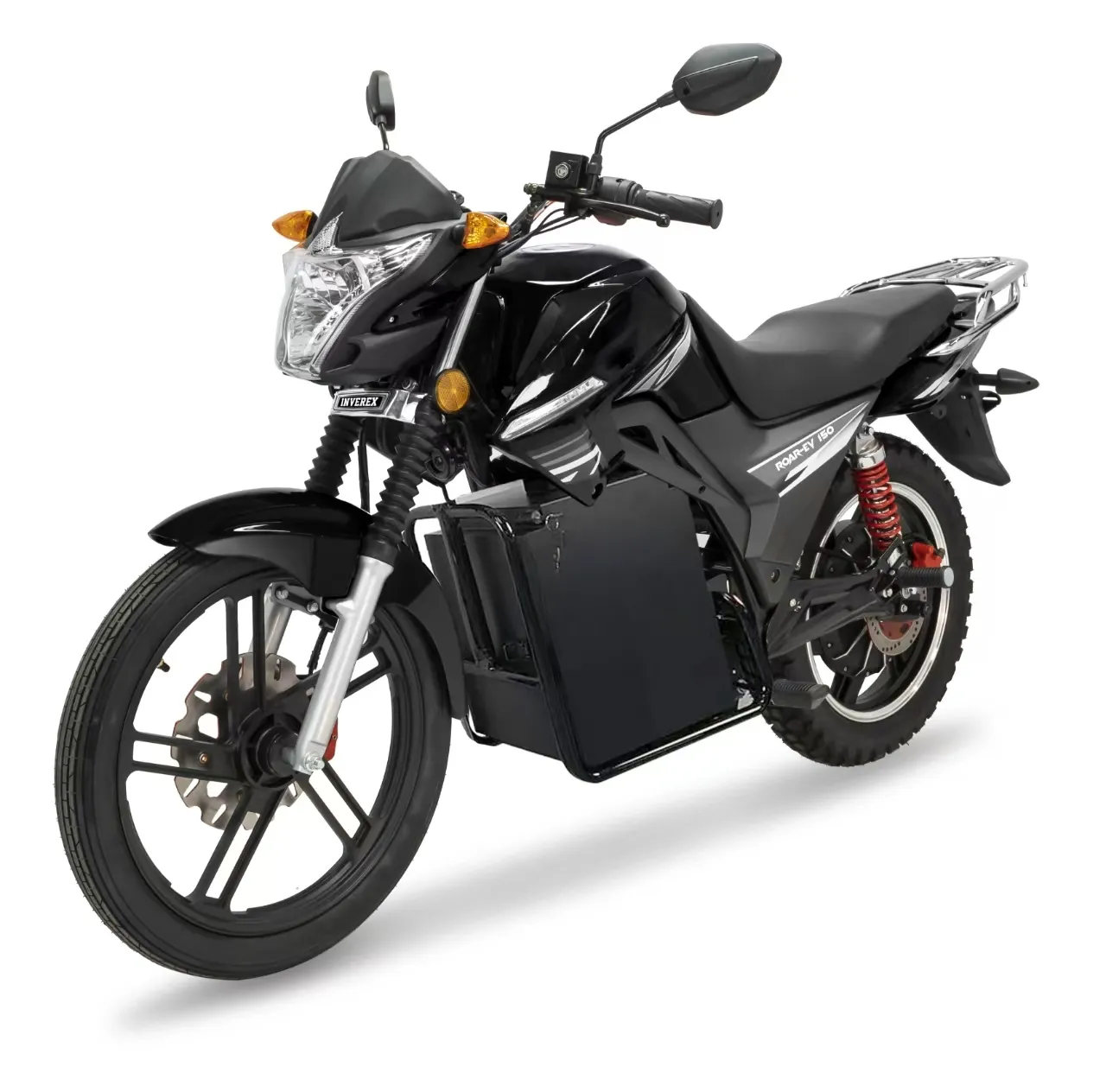
The numbers behind the global EV battery swapping market are truly impressive and paint a clear picture of its trajectory. While figures vary slightly between market research reports, the consensus is one of explosive growth. For instance, one prominent analysis of the electric vehicle battery swapping space found the market was valued at USD 1.7 billion in 2021. And it's not slowing down. The battery swapping market is expected to expand at a remarkable compound annual growth rate (CAGR) of over 25% in the coming years.
To put this into perspective, let's look at some projected figures. This data, compiled from various industry reports, showcases the anticipated market growth.
| Year | Projected Market Value (USD Billions) | Key Growth Drivers |
|---|---|---|
| 2024 | ~$5.1 | Increased adoption in commercial fleets, government incentives. |
| 2026 | ~$9.8 | Expansion into new regions (Europe/North America), initial standardization. |
| 2028 | ~$18.5 | Maturing BaaS models, wider availability of compatible EV models. |
| 2030 | ~$34.0 | Advanced robotics in swap stations, second-life battery applications. |
Source: Aggregated data from various market research reports.
This rapid increase in the vehicle battery swapping market size is not speculative; it's driven by tangible factors. The rising demand for battery swapping is a direct consequence of the global push for electrification. As a procurement officer or company owner like Mark, seeing this level of sustained growth should signal a major opportunity. The swapping market size was valued at a point that indicates it's past the initial risky phase and is now in a high-growth stage. This is a robust and expanding market.
The battery swapping market report after report highlights the Asia-Pacific region as the current leader, but Europe and North America are quickly becoming key growth frontiers. This geographical expansion presents a significant opportunity for international businesses. The global market is opening up, and the demand for electric vehicles that support battery swapping is set to increase. As a one-stop battery swapping solutions supplier, we see this reflected in the diversity of our clientele, from Southeast Asia to the heart of Europe. The global electric vehicle battery swapping ecosystem is no longer a regional phenomenon; it's going worldwide.
Absolutely. The electric vehicle battery swapping industry is ripe with market opportunities for savvy entrepreneurs and established businesses. For someone like Mark, whose expertise lies in sourcing and distribution, the parallels are striking. Just as you source drilling tools for the construction industry, you could source and supply battery swapping infrastructure to the booming logistics and urban mobility sectors. The most direct opportunity is becoming a distributor or partner for a technology provider like us. This involves setting up and operating a network of battery swapping stations in a specific city or region, catering to last-mile delivery companies, e-bike tour operators, or taxi fleets.
Another major opportunity lies in fleet conversion. Many companies want to transition their fleets to electric but are deterred by the initial cost and operational changes. You could offer a turnkey solution: providing the electric vehicles (like scooters or light commercial vans), the swappable batteries, and the battery swapping services all in one package. This addresses a major pain point for businesses and creates a recurring revenue stream through the BaaS subscription model. The cost-effectiveness of battery swapping compared to building out a massive private charging infrastructure is a powerful selling point.
Furthermore, there are ancillary market opportunities. The battery swapping infrastructure itself requires maintenance, software management, and customer support. There's also the burgeoning market for second-life batteries. A battery that is no longer suitable for the high demands of vehicle use can still have 70-80% of its capacity, making it perfect for stationary energy storage. Operators of swapping networks will be in a prime position to channel these used batteries into a profitable secondary market. The battery swapping market is not just about the swap itself; it's about creating a circular economy around the battery, which presents a whole new layer of business potential.
Despite the optimistic outlook, the battery swapping market is not without its challenges. From my experience, the biggest hurdle is the lack of standardization. As I mentioned earlier, many EV manufacturers have their own proprietary battery design and software. This means a battery from one brand's swap station won't work in another brand's vehicle. This fragmentation creates "walled gardens" and limits consumer choice, which can slow down the broad adoption of battery swapping solutions. A truly open network of battery stations, where any vehicle can swap any battery, requires a level of industry-wide cooperation that we are still working towards.
The second major challenge is the high upfront capital investment. Building out a comprehensive swapping infrastructure, a dense network of battery swapping stations, requires significant funding. The stations themselves, the inventory of batteries, and the underlying real estate all add up. While the BaaS model creates long-term recurring revenue, the initial cash outlay can be a barrier for new entrants in the battery swapping market. This is why government support and strong private investment are so critical in the early stages of market development. It's a classic chicken-and-egg problem: you need a dense network to attract users, but you need users to justify building the network.
Finally, there are logistical and technical complexities. Managing thousands of batteries across a city is a massive logistical operation. You have to ensure that each swap station is stocked with charged batteries, especially during peak hours. This involves sophisticated predictive analytics and an efficient system for transporting batteries between stations or to a central charging hub. There's also the issue of battery technology itself. As battery technologies improve, with new chemistries like solid-state on the horizon, the swapping infrastructure must be adaptable. A battery swapping system built today must be able to accommodate the better, more efficient battery of tomorrow. Overcoming these hurdles is key to the long-term success of the global electric vehicle battery swapping market.

The battery swapping model fundamentally changes the economics and experience of owning an electric vehicle. Its most profound impact is on affordability. The battery pack can account for 30-40% of the total cost of an electric car or scooter. By implementing a BaaS model where you separate battery ownership from the vehicle, the initial purchase price plummets. This makes EVs accessible to a much wider audience and plays a crucial role in accelerating EV adoption. The customer buys the vehicle "body" and subscribes to the battery service. This is a paradigm shift that makes the financial barrier to entry much, much lower.
This model also eliminates one of the biggest long-term fears for EV owners: battery degradation. Every battery, whether it's a lead-acid battery or an advanced lithium-ion one, loses capacity over time. With a traditional EV, the owner bears the risk and the eventual high cost of replacement. In the battery swap model, that risk is transferred to the network operator. You are always guaranteed a healthy, high-performance battery. When you swap your depleted battery with a fully charged one, you're also swapping it for a battery that has been professionally maintained and monitored. This provides incredible peace of mind.
"The Battery-as-a-Service model isn't just about making EVs cheaper; it's about de-risking the ownership experience. You get all the benefits of the latest battery technology without the long-term liability." - Alex Taylor
Furthermore, the battery swapping provides a simple upgrade path. As battery technology evolves—offering longer range, faster charging, or lighter weight—customers of a swap network can benefit immediately without having to buy a new vehicle. The network operator simply phases in the improved battery packs into their inventory. This future-proofs the customer's investment. Battery swapping addresses the core anxieties of EV ownership—cost, longevity, and technological obsolescence—making it a far more attractive proposition for the average consumer and for commercial fleet managers. The battery swapping offers a service, not just a product.
The battery swapping market in 2024 is a hub of technological advancement. We've moved far beyond simple manual swaps. The most innovative and advanced battery swapping solutions today are heavily reliant on robotics, IoT, and AI. For example, modern swapping systems for cars are fully automated. The driver simply parks on a designated platform, and the system handles the entire swap underneath the vehicle in a few minutes. This is crucial for making the experience seamless and appealing to the mass market. The battery swapping technology is becoming as sophisticated as the electric vehicles themselves.
At the heart of these advanced systems is the battery itself. We manufacture products like the 73.4V 58Ah Swappable Battery, which is more than just a power source. It's a smart device equipped with an advanced Battery Management System (BMS). This smart BMS is the brain of the battery, constantly monitoring cell voltage, temperature, and current to ensure maximum safety and performance. It communicates with the swap station and the central cloud, providing a rich stream of data. This allows for predictive maintenance, preventing failures before they happen, and ensuring the integrity of the entire swapping network. This is how we address a key concern for buyers like Mark: quality assurance and reliability.
The innovation also extends to the network management software. A network of battery stations is a complex logistical puzzle. The latest platforms use AI to forecast demand based on traffic patterns, weather, and local events. This ensures that charged batteries are routed to the stations where they'll be needed most, maximizing efficiency and customer satisfaction. The software also manages the charging of depleted batteries within the station, prioritizing them based on need and even interacting with the local power grid to charge during off-peak hours, reducing operational costs. This battery smart approach is what makes a large-scale battery swapping market feasible and profitable. The focus of key players in the vehicle battery swapping market include not just hardware, but these critical software innovations.
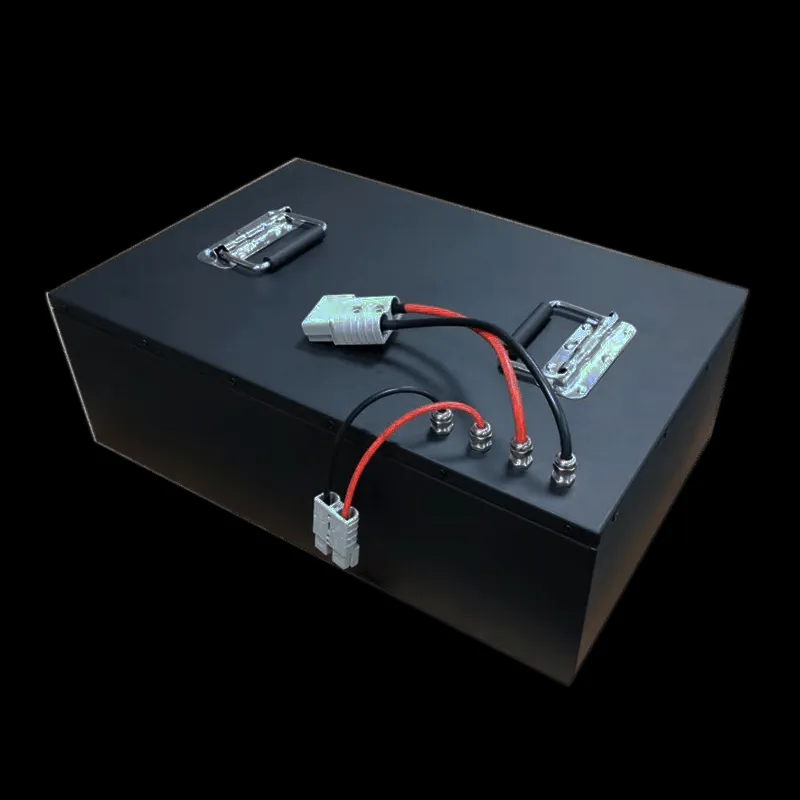
The future of the battery swapping market is incredibly bright and integrated. I foresee a future where battery swap stations are as common as gas stations are today, seamlessly integrated into our urban landscapes. They will serve a wide range of vehicles, from delivery drones and e-scooters to family cars and heavy-duty trucks. The continued growth of the electric vehicle population will make the speed and convenience of a battery swap an essential part of the electric mobility ecosystem. The battery swapping market will be a cornerstone of smart cities.
We will also see much greater standardization. As the market share of battery swapping grows, manufacturers and governments will have a greater incentive to agree on common standards for battery form factors and communication protocols. This will create a more open and competitive battery swapping market, allowing consumers to choose from various service providers. A battery will become a fungible commodity, and the swap itself will be a universal service, which is essential for mass adoption. This will make it possible to take a long-distance road trip in an EV, confident that you can find a compatible swap station anywhere.
Finally, the technology will continue to evolve. I believe we will see even faster swapping systems, smarter battery management, and a deeper integration with renewable energy grids. A swap station won't just be a consumer of electricity; it will be a buffer for the grid, storing solar and wind power in its inventory of batteries and releasing it during times of high demand. This will make the entire battery swapping market a key player in the transition to a sustainable energy future. For businesses looking to invest, the message is clear: the battery swapping market is not just a passing trend. It is a fundamental and enduring part of the future of transportation. As a one-stop battery swapping solutions supplier, we are excited to be at the forefront of this change.
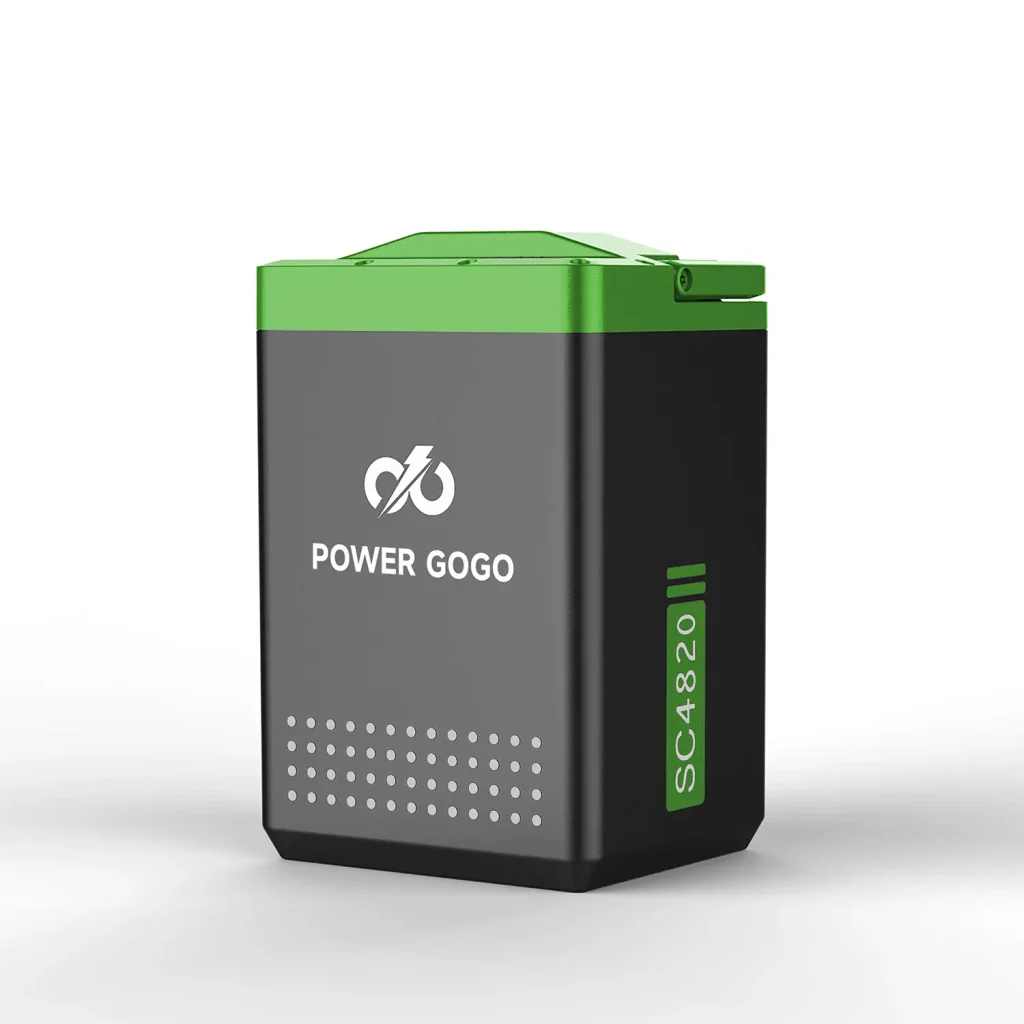
Specification No. Item Parameters R...
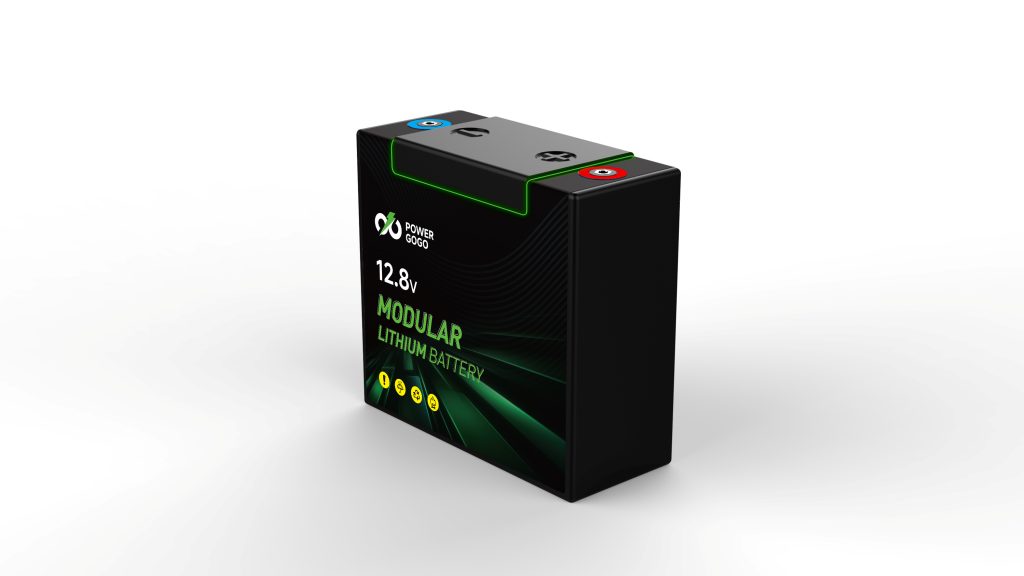
Specification No. Item Parameter ...
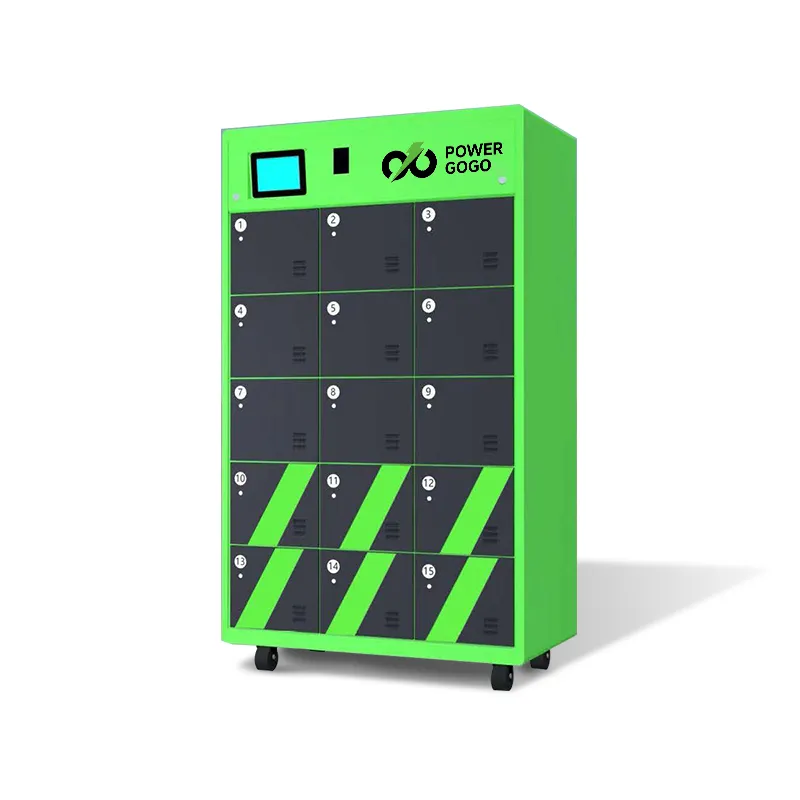
Product Appearance Specification Na...